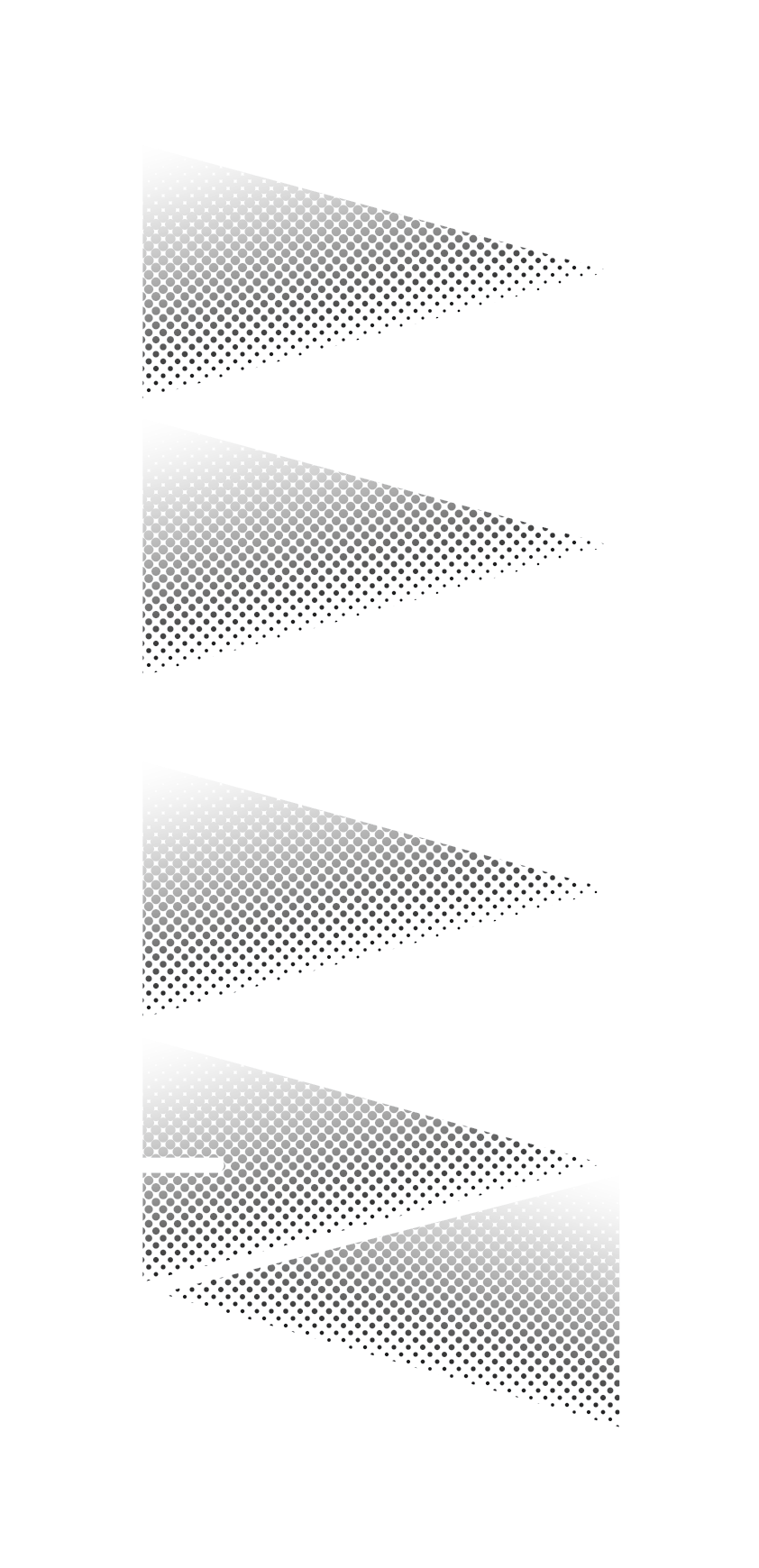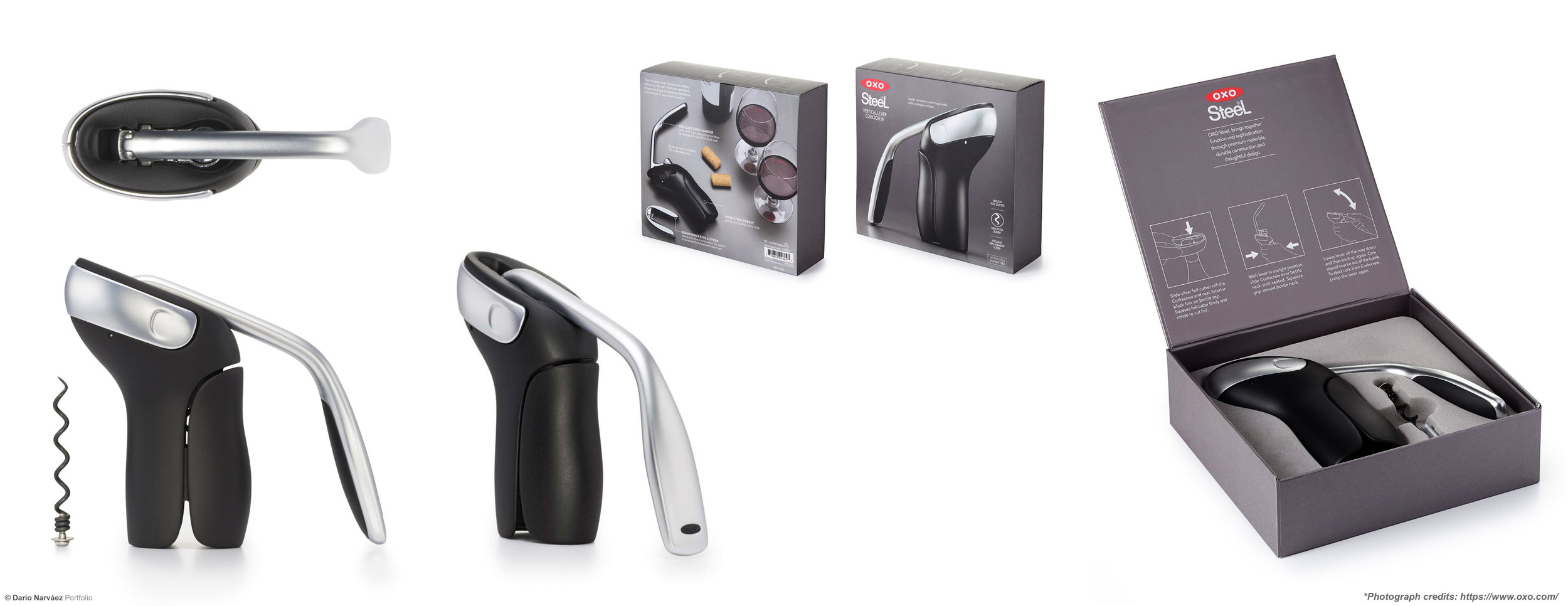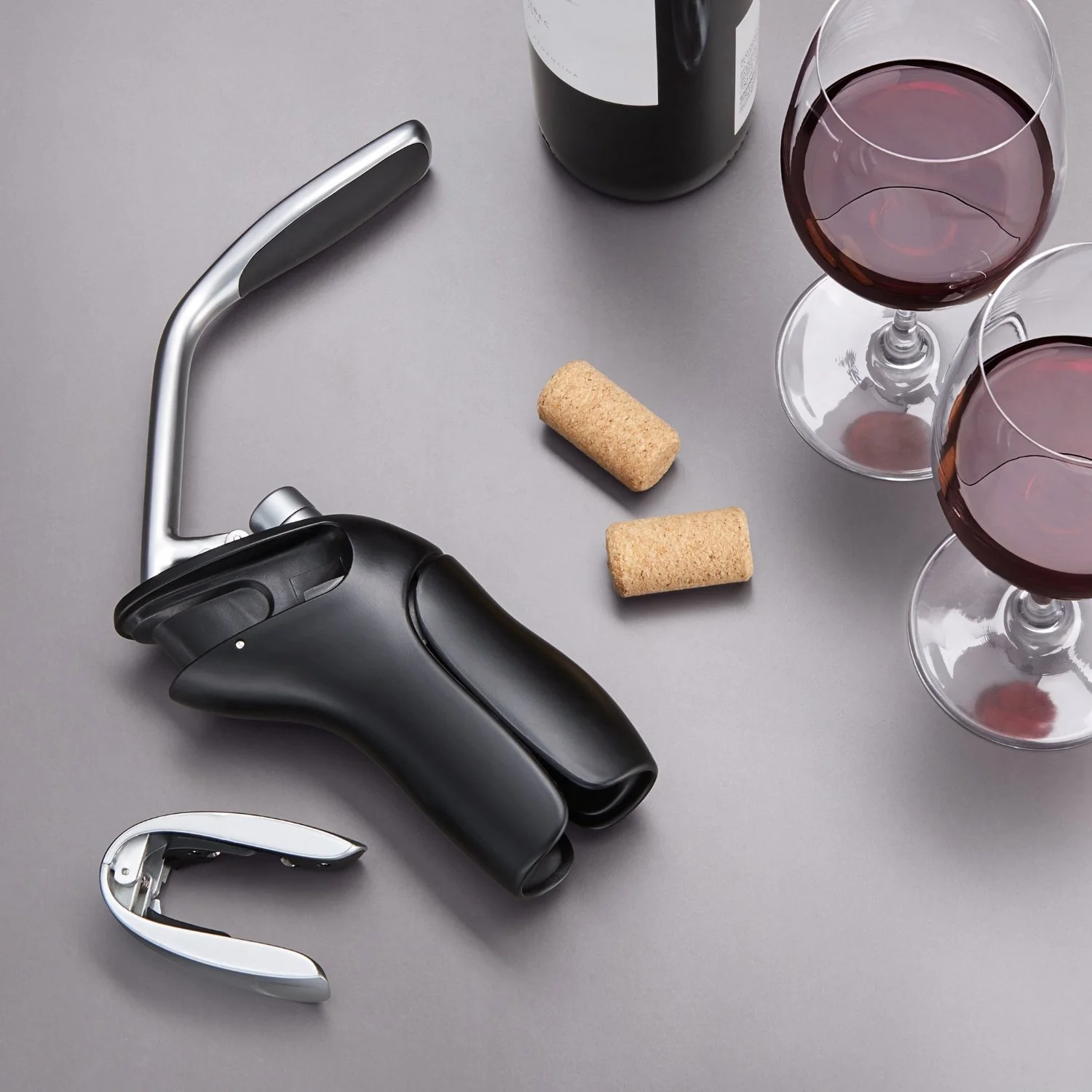Vertical Lever Corkscrew
Client: OXO (USA) / Involved in Engineering and Development. Design: Smart Design
Cover Image: Kevin Dooley (Flickr: pagedooley) Attribution 2.0 Generic (CC BY 2.0)
The corkscrew project presented an exhilarating and unique new challenge in my career, distinct from any other project. This work involved a collaborative effort with engineers from OXO, an esteemed American company renowned for its commitment to Universal Design and Inclusivity, as well as designers from Smart Design, who had already conducted extensive research and design work on the product.
Upon joining the project, it quickly became an opportunity for me to assume the leadership role in executing the product's development - DFM (Design for Manufacturing). This involved tasks such as 3D modeling, meticulous control of tolerances and clearances, conducting numerous tests, reducing parts, correcting important functional and ergonomic issues and engaging in discussions with key stakeholders from both companies.
It is worth noting that other engineers from Smart and OXO had already been working on the engineering aspects of the corkscrew prior to my involvement. Nevertheless, joining the team allowed me to contribute my expertise and play a vital role in shaping the project's execution and bringing it closer to fruition.
This Corkscrew removes corks smoothly and quickly with two motions. It is composed by a die-cast zinc handle with soft, non-slip grips that provides leverage for comfortable use, and a non-stick screw that glides easily into cork. The cork releases from the Corkscrew with a simple pump of the lever.
The removable foil cutter stores on the Corkscrew for quick access and convenient storage.










